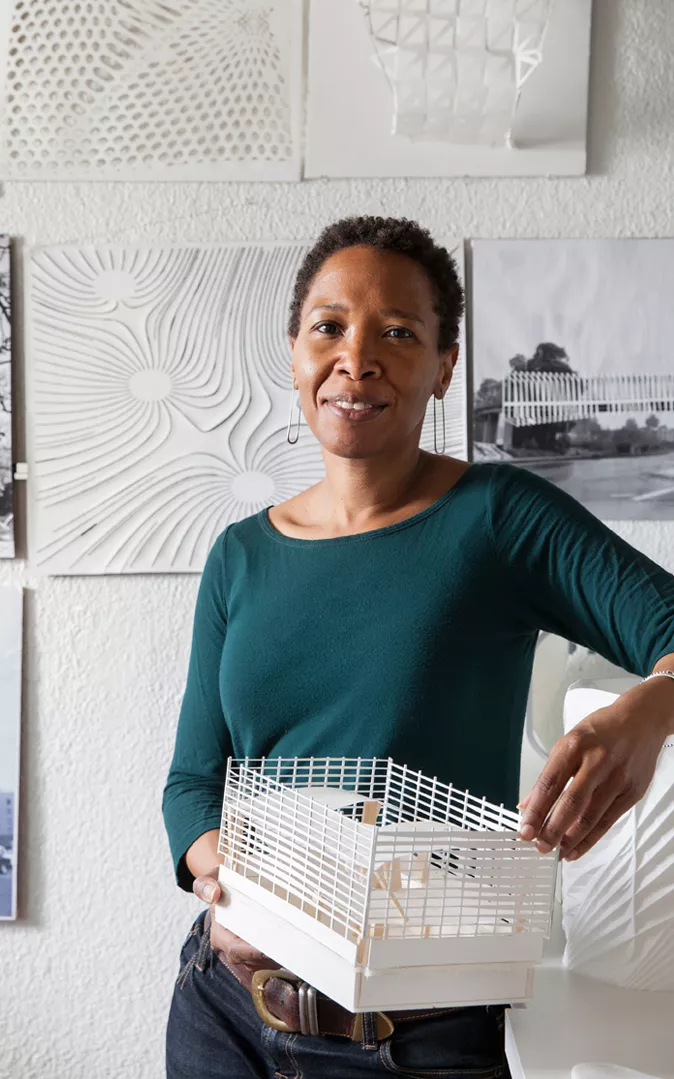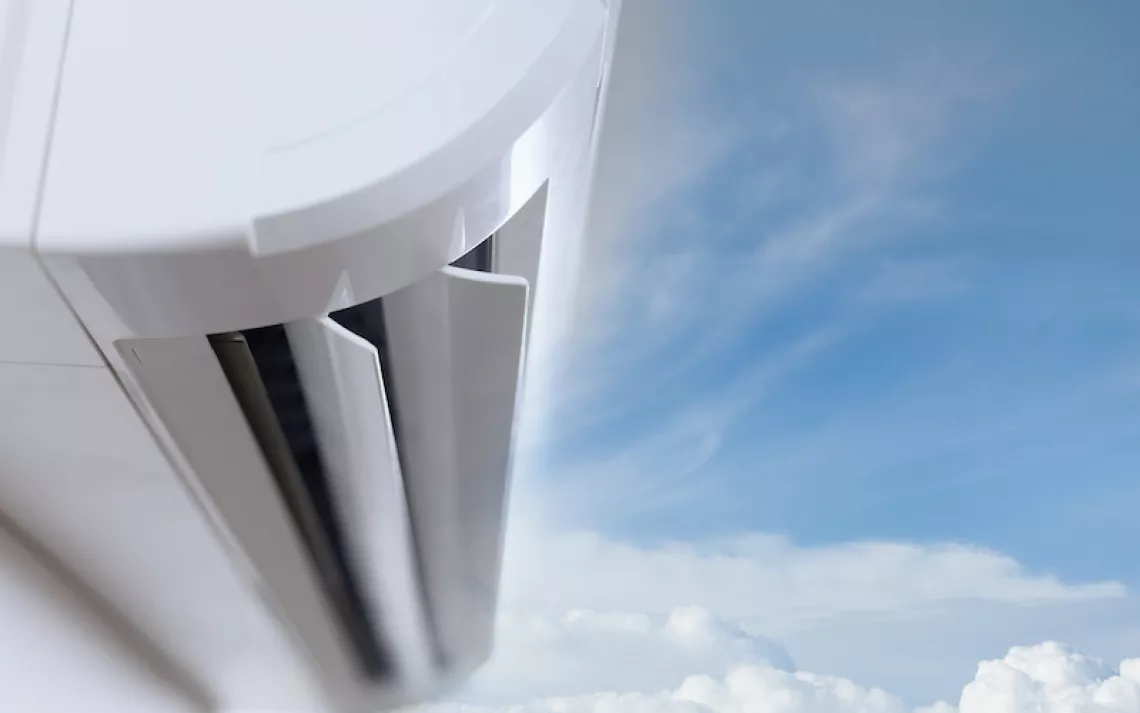Architect June Grant Designs for Change
Architect June Grant designs buildings for energy efficiency and to handle rising sea levels

June Grant, founding principal at Blink!Lab Architecture | Photo by Lori Eanes
Adapted from an interview with June Grant by Haniya Rae.
I've known since I was five years old that architecture is what I want to do. I used to make my parents take me on driving tours so I could see new houses under construction. I wanted to see how the environment changed over time. When I saw the houses finally finished, it intrigued me that you could create something from almost nothing, and then it had a life of its own.
I'm not originally from the United States. I'm from Jamaica. I know what it's like to not have water because of drought. I see waste everywhere in America. It's something that I don't agree with. The great thing is that, if we treasure our resources and start using renewable energy, we also save money, since we don't have to pay for our power.
My high school in Jamaica didn't have any programs geared toward architecture—they were geared toward doctors and lawyers, not the arts. But I saw students walking around with T squares, and while I knew nothing about building, it appealed to me. I migrated to the United States and took the necessary classes to become an architect, graduating from the Yale School of Architecture.
I am very focused on technology and design at my architecture and creative technology firm, the Blink!Lab. Whenever I can, I like to prototype with emerging technology, such as Arduinos [programmable circuit boards for electronics projects] and 3-D printers. Building prototypes and analyzing public data helps me better understand how to conserve energy and waste with my designs.
When I design buildings, I think about how individuals are using their space. I look at the Department of Energy's website for free data about energy usage by county. I also gather the environmental data from the location. How hot does it get? What's the wind like? What's the ground like? That's what my work is about: using these really simple tools to understand data and how it interacts with our environment. From these details, I can sculpt a structure that reduces energy waste simply by creating an angle to deflect sunlight or wind. A few years ago, I worked on a gym in Chicago and found I could reduce the building's heat load if I slanted it just so—to reduce the sunlight hitting the roof. If you design to adapt to the environment, you can save a lot of energy.
At the moment, I'm concerned about rising sea level in the San Francisco Bay Area and how that will affect those living so close to the shore. Most of the cities on the bay have put all their essential infrastructure, including power plants and wastewater treatment plants, along the edge of the water.
I worked on a design for the city of San Mateo, California, that incorporates a wastewater treatment plant. The city had asked designers to come up with a visionary approach for a new treatment plant on the bay that would replace an old one. Currently, the plant is right next to the bay, but it is hidden from view. Nearby are nice houses, a bike path, and a high school. My team and I came up with a highly integrated environment where the treatment plant would encourage visitors to learn about recycling waste instead of being disgusted by it. Wastewater plants can be highly profitable because they produce a lot of methane gas, which can be sold for energy. They can also produce clean water. We changed the recycling technology so that plants in the landscape could be used to treat the water, generate energy, and be used as an educational opportunity. On top of that, we terraced the coastline in a manner similar to Chinese rice paddies so that as sea level rises, which is expected over time, the plant can remain intact while still generating energy and recycling waste.
Every city on the ocean, at some point, will need to use a system with terracing or restored wetlands in order to save its water and energy infrastructures. I'm very passionate about acknowledging that the environment is changing, but I also like showing that we have the tools to work with it.
This article appeared in the January/February 2017 edition with the headline "Designing for Change."
 The Magazine of The Sierra Club
The Magazine of The Sierra Club



